Formula One journalist Mark Hughes watched the Red Bull Ring return things from the king class to their natural form: Max Verstappen dominating and winning. According to the Brit, the RB19 was fast enough to overtake Charles Leclerc's Ferrari again with a different strategy. Everything seems to indicate that Red Bull's rivals, who keep updating and improving, cannot keep up with the Austrian racing stable. So is Red Bull getting much more out of an essentially the same car?
After Red Bull had a "weaker weekend" in Montreal, where they couldn't get the car quite right, the RB19 dominated again in Austria. Verstappen grabbed the pole position for the Sprint, won the Sprint, grabbed the pole position for the main race, and won the main race. Other teams, such as Ferrari, Aston Martin and Mercedes, constantly bring updates, but still, they cannot keep up with Red Bull. "As we suggested two weeks ago, the result in Canada (with Aston Martin and Mercedes only nine seconds and 12 seconds behind respectively) was not due to the competition catching up, but rather to the specific conditions of that day and that circuit working against Red Bull," Hughes begins at The Race.
"Of all the races so far, Montreal was an exception. The Red Bull Ring simply corrected things back to natural form," the Brit wrote afterwards. "The RB19 was fast enough for Verstappen to use a different strategy to overtake Leclerc and take nearly a half-minute lead. Sergio Pérez was also fast enough to drive from fifteenth on the grid to third, after exceeding track limits in qualifying on Friday," Hughes states. "Part of that advantage was strategic. Not stopping during the VSC (virtual safety car, ed.) on lap fourteen - unlike most of the other drivers - allowed for a better spread of tire usage, which more than compensated for the small time gain at the pit stop. But most of it was pure performance."
"So logically Red Bull gets more out of essentially the same car?"
Meanwhile, Ferrari has developed a new sidepod (introduced in Spain) and here a new front wing and floor edge. Mercedes got new sidepods and front suspension in Monaco. Aston Martin got new sidepods in Canada, among numerous other upgrades. "They are convinced that these changes have improved the performance of their cars. So logically Red Bull is getting more out of an essentially the same car?" wonders Hughes. "There is certainly an element of truth in that. It is normal for a team to get more potential out of a car when the specifications remain unchanged. But conventional development usually overcomes this advantage. But if that development corrects a fundamental imbalance or inconsistency, then maybe not."
Ferrari's problem is consistency at high speed and the driver's lack of confidence as a result. "Mercedes struggles with lack of grip and traction at the rear, and the narrow tuning window that imposes that, with penalties varying depending on the track. Aston Martin has shown a better spread of strengths than either team, but suffers when cornering speeds vary too much between low speed/high ride height and high speed/low ride height," Hughes informed. "Their respective developments address these issues and not just add more downforce. While these processes were going on, Red Bull simply refined its understanding of a great base car: the highly flexible, soft-suspension RB19, with its advanced underside and very tight platform control."
Many aspects making Red Bull Ring favorable to strengths of the RB19
Hughes noted that many aspects of the track in the Austrian mountains suit the RB19 very well. According to the Briton, this is mainly because there is much less compromise between slow and fast corners. "It gets more of its total downforce from the bottom of the car than the other teams, helped by that combination of suspension and high venturi tunnels. Therefore, a circuit with a big difference in cornering speeds is likely to increase Red Bull's advantage. The static ride height can be set low for good performance in slow corners without making the ride height too low in fast corners. The other teams add updates, but within the constraints of concepts that have harder limits than Red Bull's, as determined by porpoising.
Because it overwhelmingly draws a greater proportion of its total downforce from the bottom of the car, which produces much less drag than downforce coming from the wings, it is more aerodynamically efficient. A track with only seven turns (as it is recognized by the car) requires a lot of aerodynamic efficiency. The Aston Martin suffered from the slow corners, as did the Mercedes. The variation in cornering speeds on the circuit seemed to be responsible for that. The Mercedes in particular was out of balance, with understeer and locking front wheels. Hamilton was looking for balance on his car's setup all weekend, but said it came from the team and himself. The weekend marked Verstappen's fifth win at the Red Bull Ring.




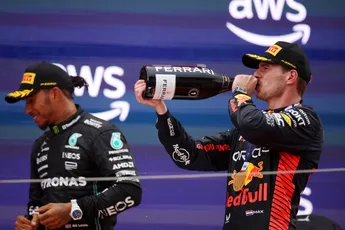

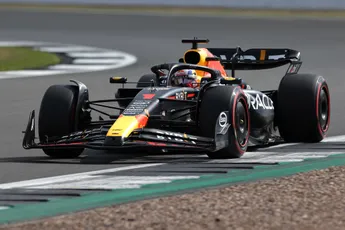

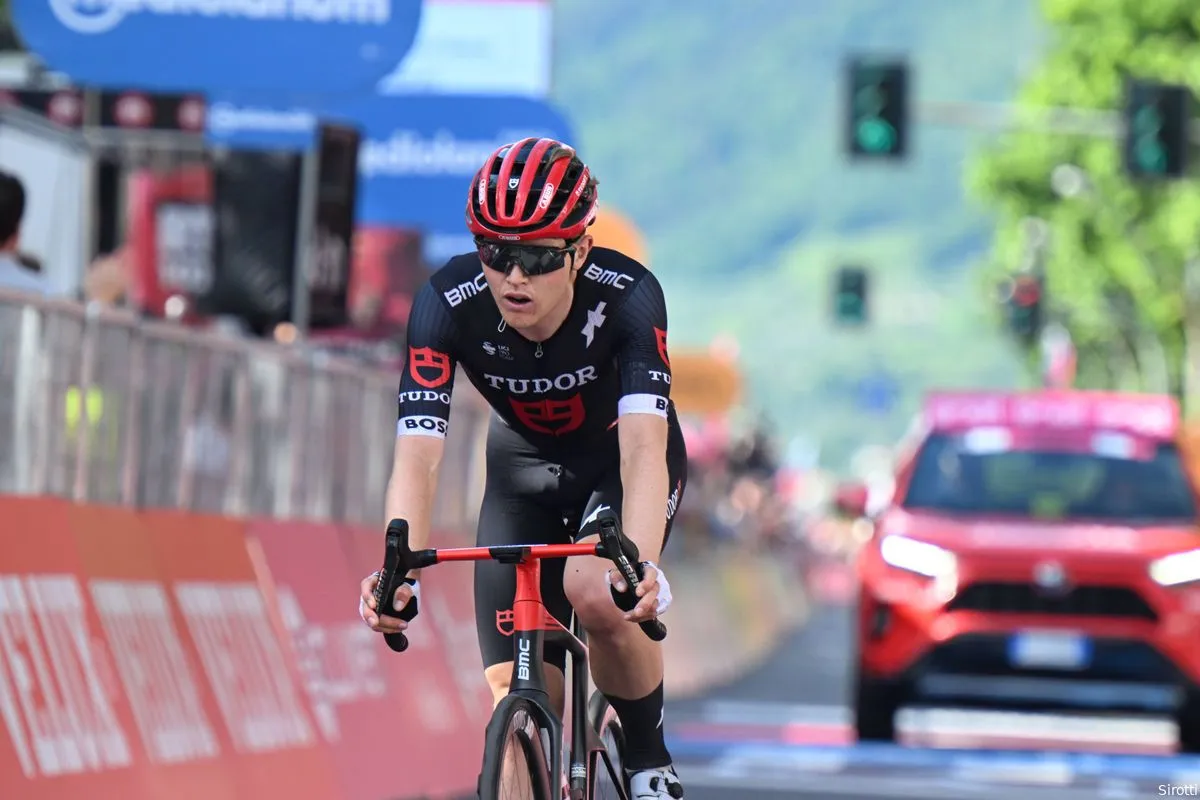
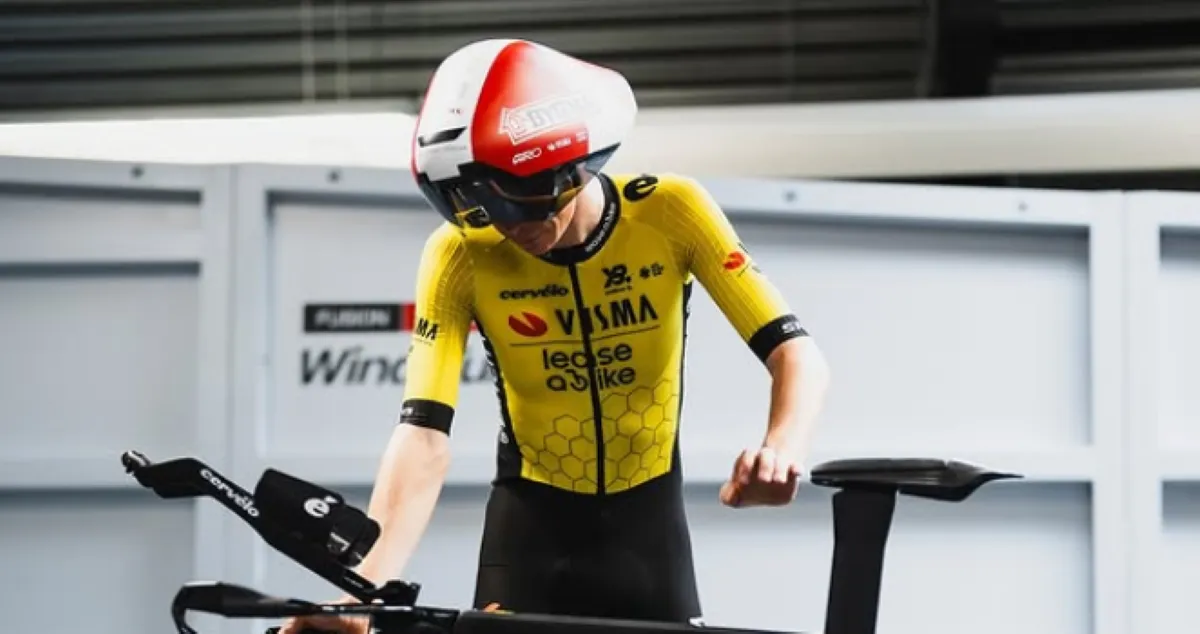
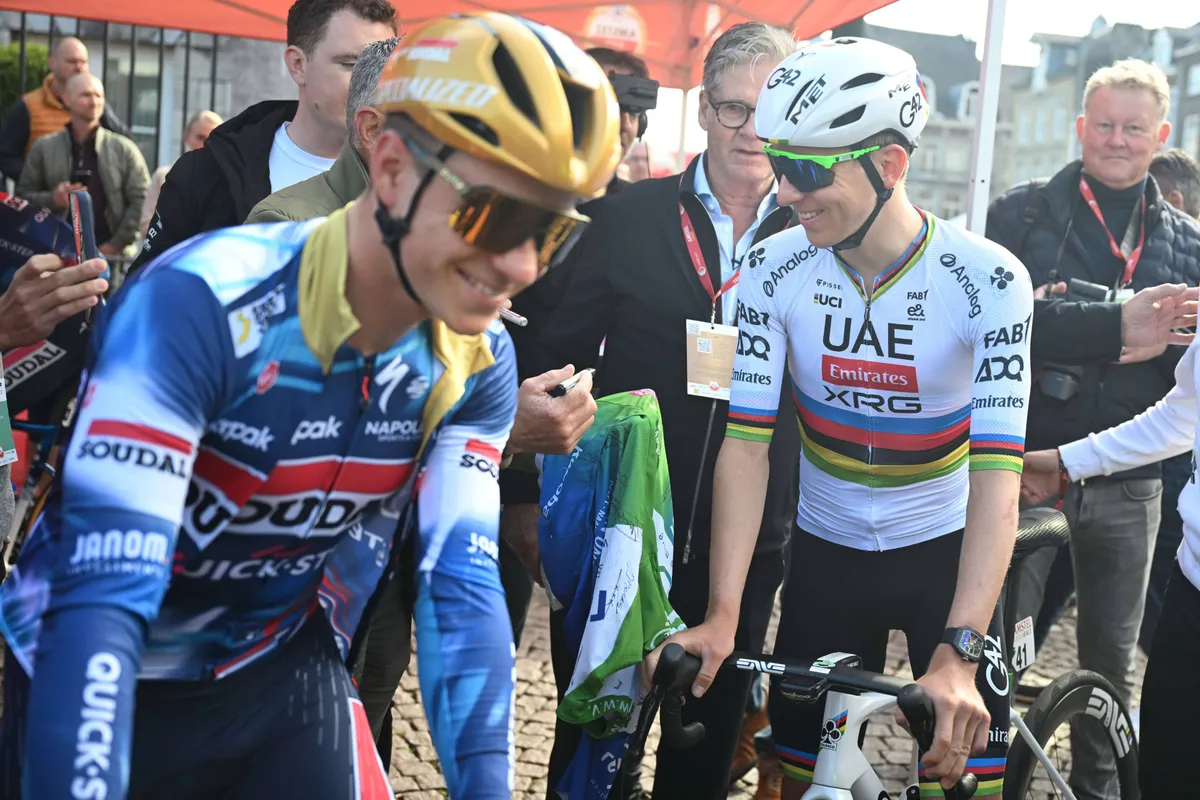


Place comments
0 Comments
You are currently seeing only the comments you are notified about, if you want to see all comments from this post, click the button below.
Show all comments